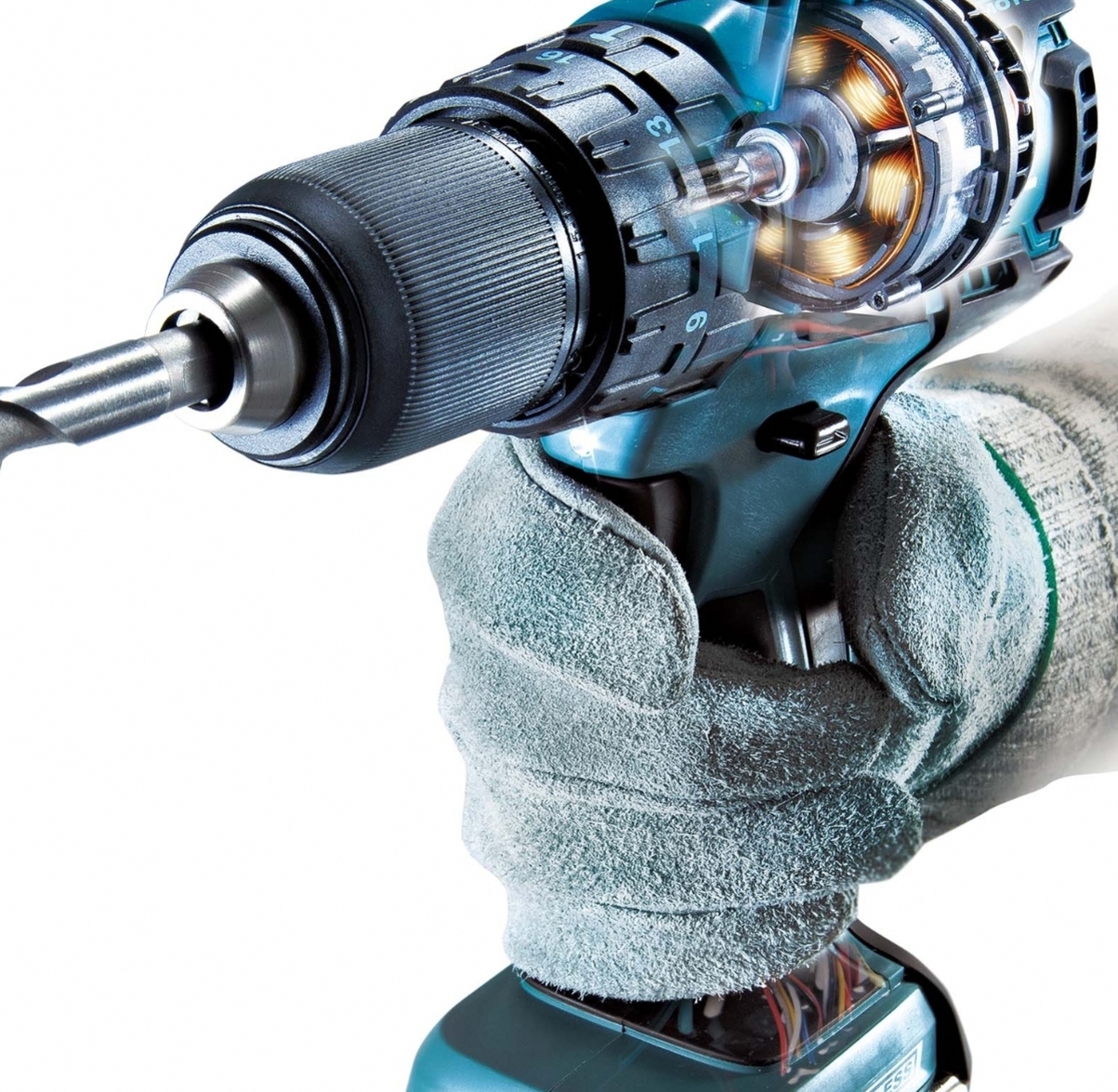Brushed Vs Brushless Motors
Posted on 5th August 2022 at 14:27
The technology within power tools continues to evolve to make the products more efficient and effective, longer lasting and easier to use. The inclusion of brushless motors in the latest generation of tools has brought further benefits for tradespeople. Here we explain how brushless motors work and the advantages over conventional brushed motors.
How brushed and brushless motors work
A traditional brushed motor has four basic components: carbon blocks (the brushes), a ring of magnets (the stator), an armature (the rotor), and a rotary electrical switch (commutator). In this type of motor, the magnets and brushes are stationary, while the armature and commutator rotate together on a motor shaft within the ring of magnets. The brushes conduct an electric current between the stator and the rotor and turn the motor by generating positive and negative magnetic fields. This in turn drives whatever tool the motor is connected to.
In contrast brushless motors do not have carbon brushes or a commutator, but instead utilise an on-board electric circuit and electro-magnets. The locations of the magnets and coils are also reversed: the magnets (the stator) are on the motor shaft and the copper coils of the armature (the rotor) are fixed and surround the shaft.
The on-board electronic circuit sends electric currents to convert the stator coils into electromagnets. The coils are charged to create north and south magnetic poles that attract and repel the permanent magnets of the rotor to continuously rotate the shaft.

Benefits of brushless motors
Although effective, the friction created in a brushed motor by the contact between carbon the blocks and coil means it has several drawbacks compared with a brushless version. For example, the carbon wears over time and will eventually lose contact with the coil and stop working. This results in the brushes needing to be replaced, typically several times throughout the lifetime of the tool, which represents an ongoing maintenance cost and inconvenience for the user.
Furthermore, by removing this source of friction, brushless motors achieve a far higher level of efficiency as energy is not wasted as heat. Brushless motors can produce more torque per weight which means less power is required to achieve the same result, extending run times by between 30% and 50% on each battery charge.
Reducing the friction within the motor means that even where the tool is in use for extended periods of time it generates significantly less heat. This increases productivity as users can continue to work without a concern of the tool overheating. This extends the life of the tool by reducing wear caused by repeated temperature cycles.
Finally, brushless motors also allow the tools to be lighter and more compact when compared with tools that include brushed motors. For those using the tools, this can make a significant difference as the machines will be more comfortable to use and muscle fatigue can be reduced.
Source - Weblog by MAKITA 04/10/2019 - read the original article here https://makitauk.com/weblog/brushed-vs-brushless-motors

Share this post:

